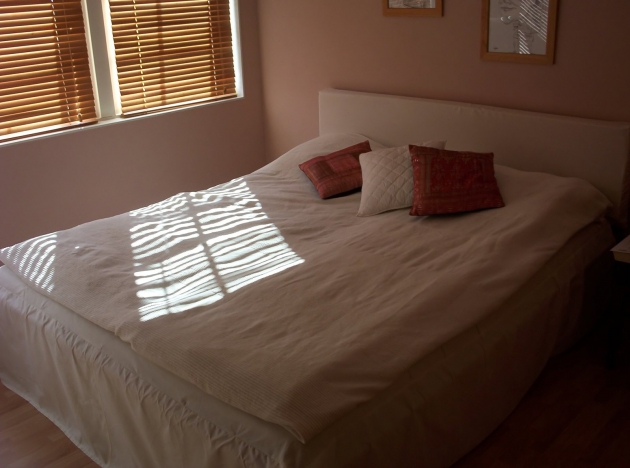Air balancing is the best way to avoid hot and cold spots in your home. This is achieved by enhancing AC performance, increasing energy efficiency and improving air circulation. It’s vital to deliver the correct amount of treated air (cold or hot) to each room in your home to keep the indoor temperature comfortable. In this article, we will look at four top DIY air balancing tips, but a professional HVAC technician will be able to do much more to help you get the very best performance and efficiency.
1. Adjust Your Register
This is a very simple technique, the damper blade can be easily adjusted, and this will restrict the airflow in your room. Don’t close the vents entirely as this could cause some other issues with your HVAC system. When the weather is warm, open up the registers fully on the upper floors and partially close them on the first floor and in the basement. When it’s cold, reverse this process, and you will notice an improvement in overall performance.
2. Clean Your Filters
The debris that can build up on the surface of your air filter will hinder the airflow. When your air filter is clean, the efficiency of your HVAC system will be improved. If the airflow is insufficient for your furnace, the heat exchange can overheat and shut down too fast. The useful lifespan of your HVAC equipment will also be improved as the precursor to many equipment failures is a lack of airflow due to a dirty air filter. Heating and cooling a home can account for 42% of energy use in an average U.S. home, and if your air filter is clean, this will reduce energy costs. In fact, it’s estimated that a clean air filter could reduce bills by 5%-15% which is a significant amount of money.
3. The 2° Offset
If you have a two story home, you may have two separate thermostats, one for each floor. If this is the case, a 2° offset between the two thermostats could really help. As an example: set the ground floor thermostat at 72°, and the upstairs one at 74° and this will help to level uneven temperature distribution. Some experimentation may be required to find the right temperature setting for your home in different seasons.
4. Use Window Covering to Prevent Heat Buildup
The sun is very powerful at any time of year, but in cooling seasons it can be especially effective at heating up your home. During the cooling season, 76% of the sunlight that falls on a typical double paned window is converted into heat. This can be a real problem in rooms that have a lot of windows that let the sunlight in. It’s a good reason to install drapes, blinds, and shades to control the amount of sunlight entering your rooms. These rooms will not be heated up, the HVAC system will not have to work as hard, and the energy efficiency will be dramatically improved.

